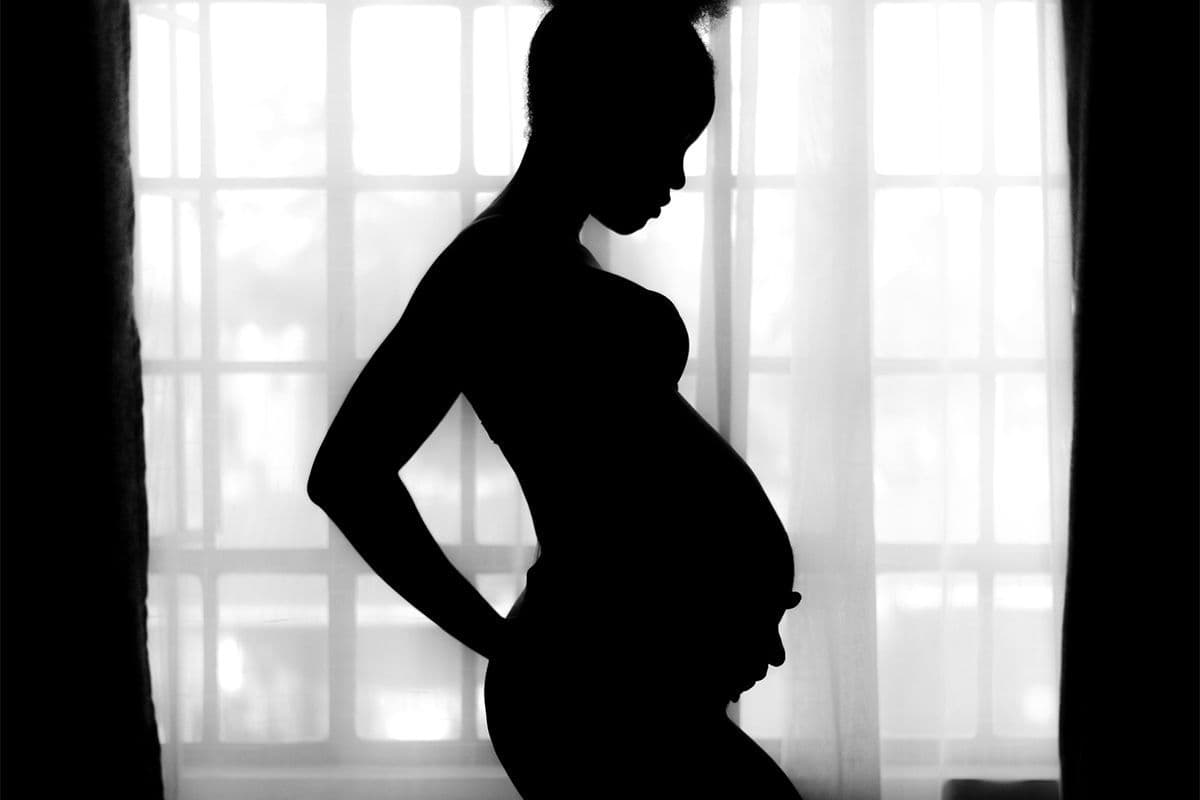Risks of Preterm or Premature Labor and Delivery
Prematurity
Obie Editorial Team

Preterm or premature labor is when there are contractions and cervical changes before 37 weeks gestation. Preterm labor is diagnosed when contractions begin and intensify between the 20th and 37th week of gestation. Preterm labor can lead to the preterm or premature delivery of a premature baby or the birth of a baby that is not viable if born before the 22nd-24th week of gestation.
Why does preterm labor happen?
In most cases of preterm labor, the contractions begin spontaneously and without a definitive cause. Sometimes, women are at risk for delivering preterm if they have preterm rupture of fetal membranes. Women at greater risk of going into preterm labor and delivery if she is:
- Under 18 years of age.
- Older — 35 years and above
- Overweight or obese
- Experiences problems during the pregnancy-related to the cervix, placenta, blood pressure or amniotic sac.
- Has an infection
- Has a shorter cervix
- Has a history of preterm labor and/or delivery
- Is black/African-American
- Is pregnant with multiples (twins, triplets, or more).
- Has IVF in-vitro fertilization pregnancy
- Has certain medical issues
- Smokes or uses recreational drugs during pregnancy
How do you know it is preterm labor?
Many women who think they are going into preterm labor are actually experiencing Braxton Hicks contractions. Braxton Hicks contractions are exercises for the uterus used by the body to prepare the uterus for labor.
Braxton Hicks contractions will appear and disappear at no common interval. Preterm labor, on the other hand, will present with rhythmic contractions, increased vaginal discharge, breaking of the bag of waters, lower back pain, and cramps of the abdomen.
If you feel any contractions before 37 weeks it's best to call your doctor and get examined to find out if it's labor or not. Patients presenting with the symptoms of preterm labor will be given a pelvic exam and placed on a fetal monitor to measure the strength of the contractions.
Can preterm labor be stopped?
The simple answer to this question is, sometimes, but not always. Pregnant moms, especially those who are pregnant with multiples, will feel aches and pains all the time. In cases of preterm labor, the symptoms may be so mild at first that they are brushed off as common pregnancy pains. Once the cervix begins to dilate or the mucus plug falls out, the doctor may not be able to stop the preterm labor.
There are cases, however, where moms do not feel the contractions but they are noted on ultrasound or during the normal prenatal checkup. If preterm labor is detected early enough, there are some medications that can be prescribed to stop the contractions, though sometimes they are too risky to give. These medications can be administered in both pill and IV form.
Once preterm labor has been stopped, mom will be told to maintain 100% bed rest until the time comes to deliver the baby. If the labor was strong, the doctor may prescribe a corticosteroid to help the baby's lungs develop in time for early delivery. Bed rest is especially important for the health of the baby. The longer the baby can stay in the womb, the stronger the baby will be upon birth. Doctors may admit mom to the hospital if they feel she will not be able to rest at home or if IV medication is required to stop labor.
Can you improve the baby's outcome?
Complications to the baby from premature birth include lung issues, bowel issues, and brain issues. If there is preterm labor prior to 34 weeks and delivery is still not imminent, doctors usually give a medication (corticosteroid) to improve the baby's outcome after birth. However, this medication needs at least 12-24 hours to be effective and if delivery is imminent it won't help to give this medication.
Preterm labor offers a unique set of challenges for both mom and baby. If the baby is born too early, they may not be ready to live outside of the womb and may require extensive treatment before going home.









